-
2025/06/09
- We are pleased to officially launch our AI posture-analysis app, “ePose.”
Analysis
Professionally analyze the overall body tilt using only two photos.
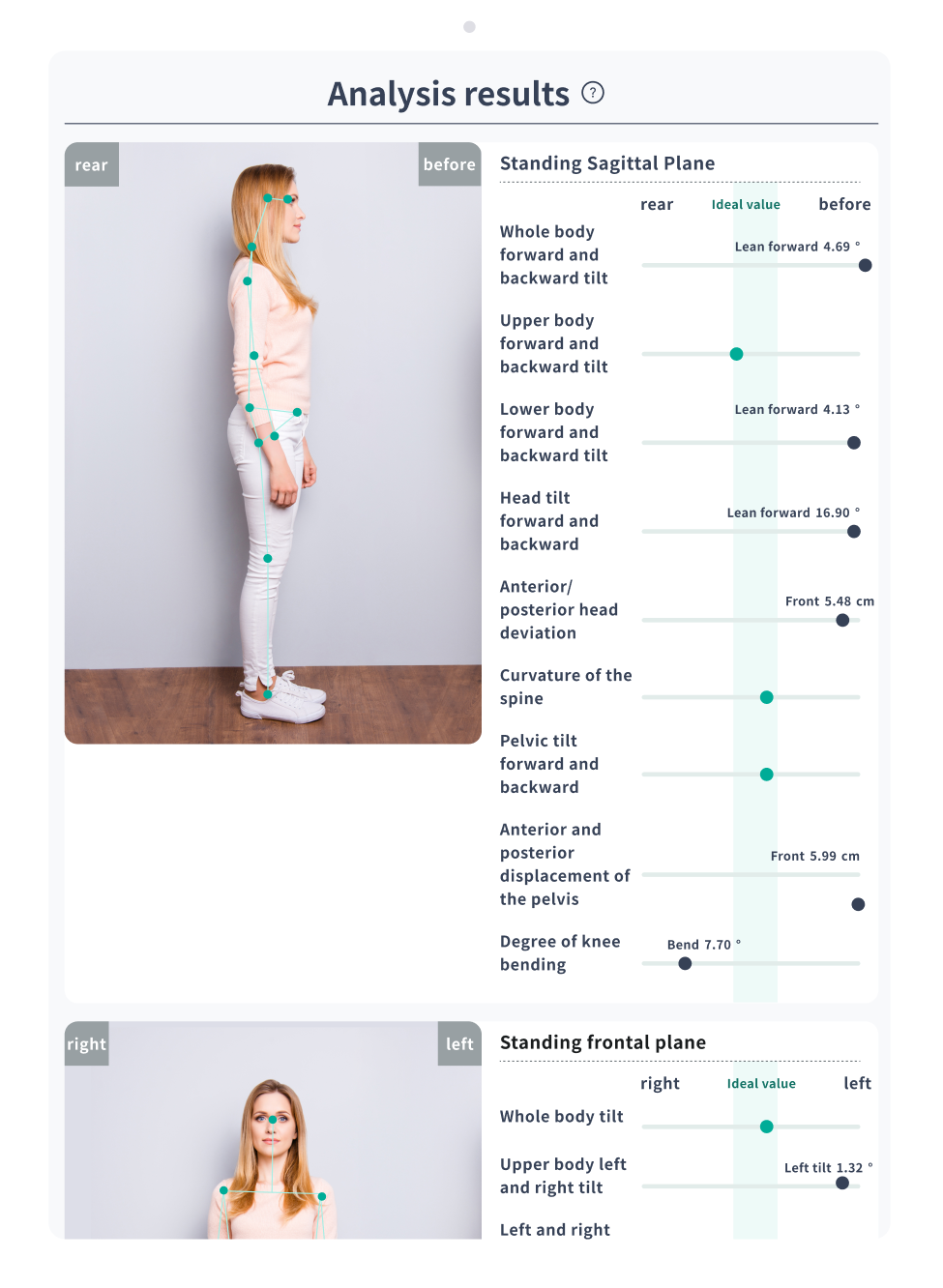
ePose is a web app that allows you to assess posture and manage customers using just one tablet, with easy sharing of analysis reports with clients via print or email.
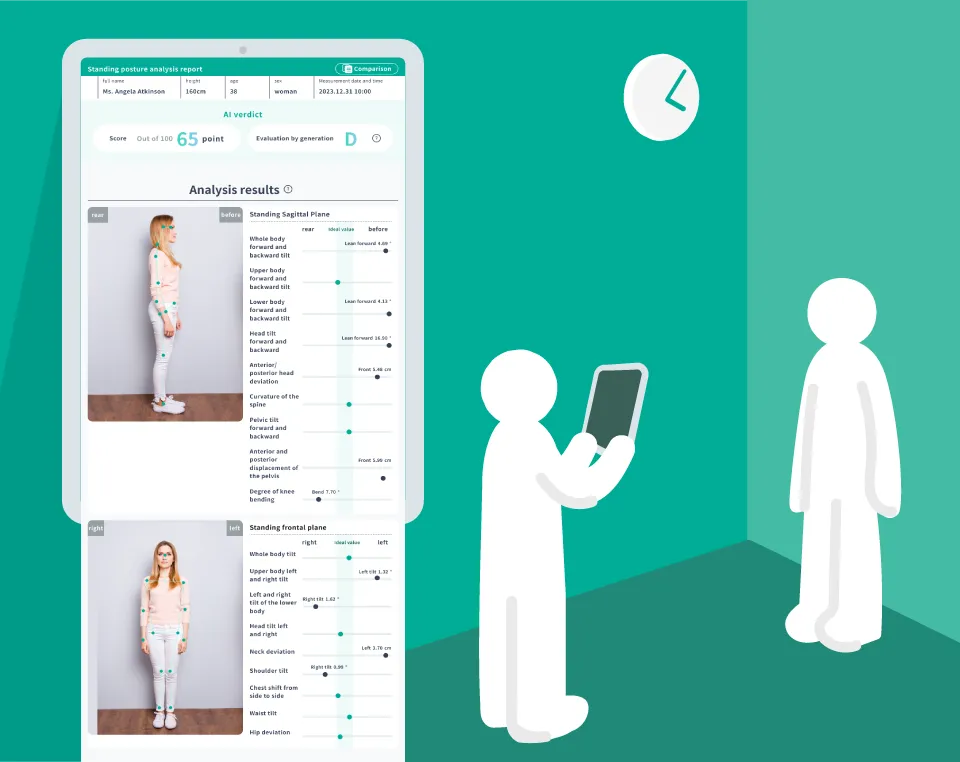
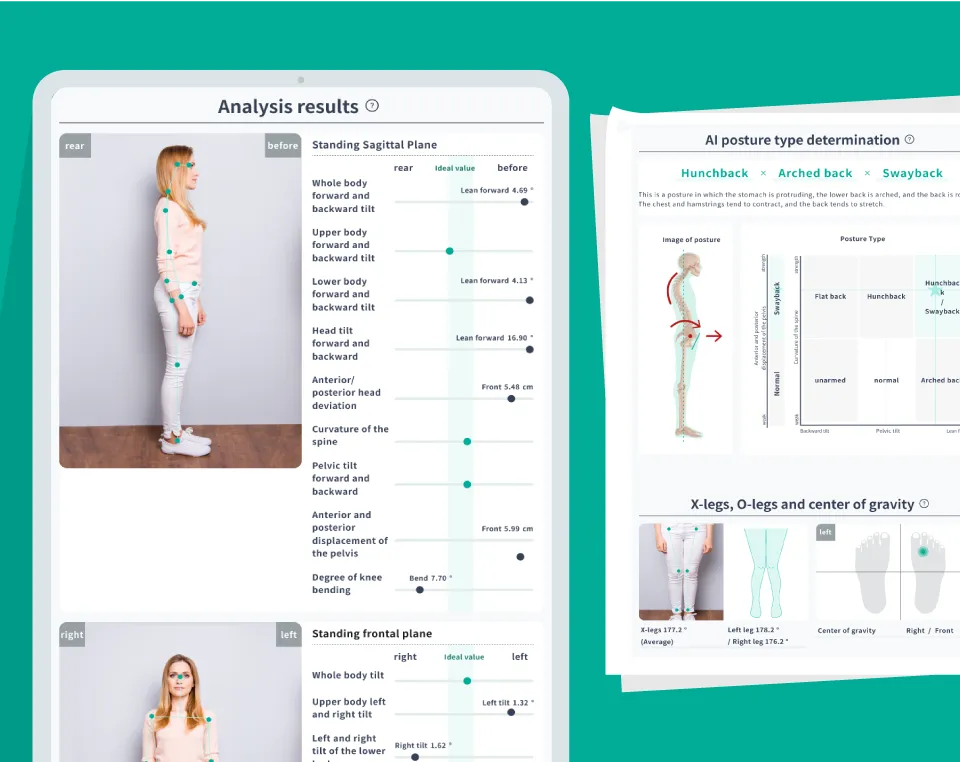

Using a proprietary algorithm, we detect body landmarks (such as ears, shoulders, pelvis, knees, and ankles) from captured images, then analyze and classify postural misalignments and deviations for easy-to-understand visualization.
Previously, the accuracy of posture evaluation depended on the practitioner's skill. Now, with just a tablet or smartphone, it can be performed using consistent and quantitative evaluation criteria.
ABOUT
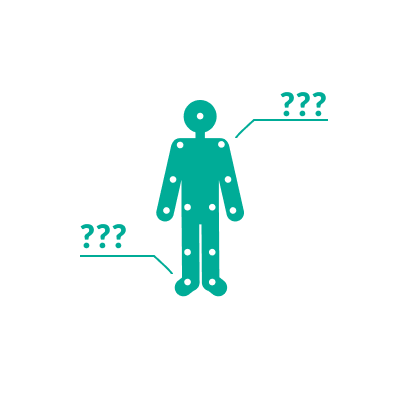
Professionally analyze the overall body tilt using only two photos.
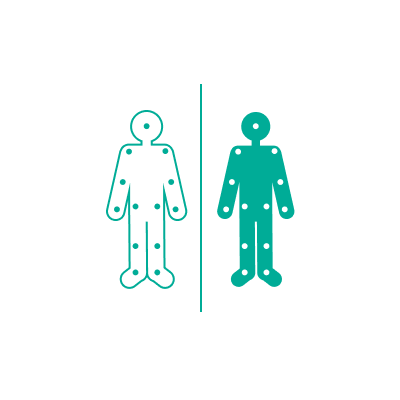
Generate a report that compares past and current postures in a simple format.
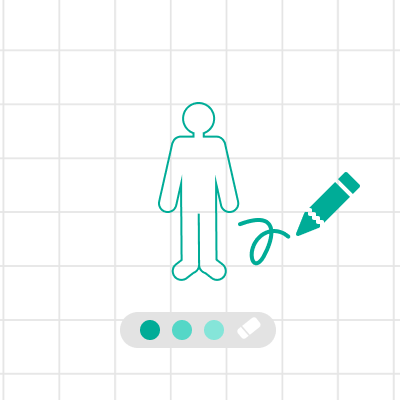
Easily record customer responses by hand—just like writing on a paper medical chart.

Share posture reports with customers instantly via email or by scanning a QR code.
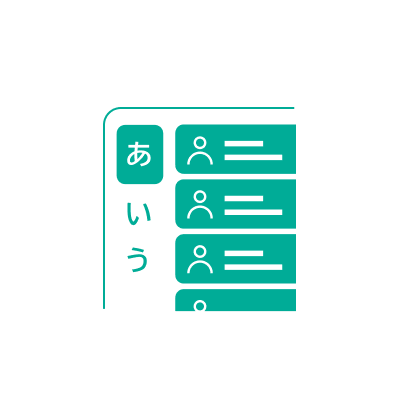
Manage posture analysis results, response notes, and customer data all in one place.
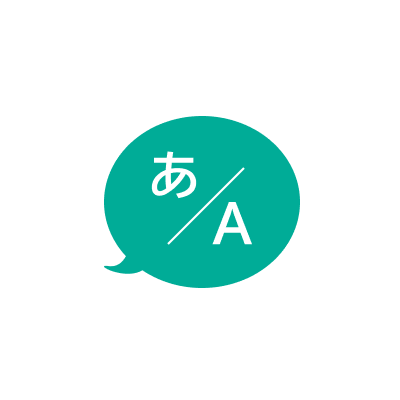
All screens support Japanese and English, enabling inbound posture evaluation support.




In ePose, AI detects key points on the body from a captured image and calculates the tilt and displacement of each part. It then measures how much these values deviate from the ideal and assigns a score out of 100.
Additionally, ePose determines the user’s posture type based on three important factors in particular: “anterior pelvic displacement,” “spinal curvature,” and “anterior-posterior pelvic tilt.” The app then classifies the posture into one of 12 distinct types.


| No. | Name |
|---|---|
| 1 | Top of Head |
| 2 | Neck (Midpoint) |
| 3 | Left Shoulder |
| 4 | Right Shoulder |
| 5 | Left Elbow |
| 6 | Right Elbow |
| 7 | Left Wrist |
| 8 | Right Wrist |
| 9 | Left Greater Trochanter |
| 10 | Right Greater Trochanter |
| 11 | Left Knee |
| 12 | Right Knee |
| 13 | Left Ankle |
| 14 | Right Ankle |
| 15 | Right Eye |
| 16 | Right Ear |
| 17 | Seventh cervical vertebra |
| 18 | Right Posterior Superior Iliac Spine (PSIS) |
| 19 | Right Anterior Superior Iliac Spine (ASIS) |
| Item | Definition |
|---|---|
| Whole Body Left-Right Tilt | The angle between the vertical line and the line connecting the midpoint of the ankles' and the center of gravity. |
| Upper Body Left-Right Tilt | The angle between the vertical line and the line connecting the greater trochanters' midpoint to the shoulders' midpoint. |
| Lower Body Left-Right Tilt | The angle between the vertical line and the line connecting the ankles' midpoint and the midpoint of the greater trochanters. |
| Head Left-Right Tilt | The angle between the vertical line and the line connecting the midpoint of the neck and the top of the head. |
| Neck Left-Right Deviation | The lateral deviation between the vertical line passing through the center of gravity and the midpoint of the neck. |
| Shoulder Left-Right Tilt | The angle between the horizontal line and the line connecting both shoulders. |
| Chest Left-Right Deviation | The lateral deviation between the vertical center-of-gravity line and the shoulders’ midpoint. |
| Hip Left-Right Tilt | The lateral deviation between the vertical line passing through the center of gravity and the midpoint of both greater trochanters. |
| Hip Left-Right Deviation | The horizontal deviation between the vertical line passing through the center of gravity and the midpoint of both greater trochanters. |
| Item | Definition |
|---|---|
| Whole Body Front-Back Tilt | The angle between the vertical line and the line connecting the ankle and the center of gravity. |
| Upper Body Front-Back Tilt | The angle between the vertical line and the line connecting the greater trochanter and the shoulder. |
| Lower Body Front-Back Tilt | The angle between the vertical line and the line connecting the ankle and the greater trochanter. |
| Head Front-Back Tilt | The angle between the horizontal line and the line connecting the ear and the eye. |
| Neck Front-Back Deviation | The front-back deviation between the vertical line passing through the shoulder and the position of the ear. |
| Pelvic Tilt (Front-Back) | The angle between the horizontal line and the line connecting the anterior superior iliac spine and the posterior superior iliac spine. |
| Hip Front-Back Deviation | The angle between the line connecting the ankle and the greater trochanter, and the line connecting the greater trochanter and the shoulder. |
| Knee Flexion Angle | The angle between the line connecting the ankle and the knee, and the line connecting the knee and the greater trochanter. |
There is no initial setup fee at all. As long as you have a smartphone or tablet, no special equipment is required.
With the free plan, you can analyze posture up to 5 times per month.
Unlimited posture analysis is available by subscribing to one of the following plans:
- 12-month plan: ¥6,800/month
- 6-month plan: ¥8,800/month
- 3-month plan: ¥9,800/month
To cancel a paid plan, you must complete the cancellation procedure within the app.
1. Tap “MENU” > “Settings” inside the app
2. Tap your current plan > “View or Change Plan”
3. Under Payment Auto-Renewal, tap “Stop Auto-Renewal (Cancel)”
*Even after cancellation, you can continue using the paid plan until the end of your contract period.
*The right of withdrawal stipulated in Article 15-3 of the Act on Specified Commercial Transactions does not apply.
*Once auto-renewal is stopped and the paid plan period ends, your account will automatically switch to the free plan.
*If you have any questions, please contact us at support@epose.com.
Simply follow the on-screen instructions in the app and use your smartphone or tablet camera to take a photo.
The AI will automatically analyze your posture. No special equipment or complicated setup is required.
A tutorial is also available within the app.
In most cases, results are displayed approximately 30 seconds after taking the photo.
If the analysis takes longer, it may be due to network conditions.
Please try the following:
- Check if your internet speed is at least 10 Mbps
(You can search for "speed test" in your browser and run the test)
- If your Wi-Fi connection is unstable, try switching to mobile data
ePose uses AI to analyze the human body shown in the photo. Please check the following:
- Make sure your entire body is visible according to the on-screen guidelines
- Ensure no other people, mirrors, or glass surfaces reflecting people appear in the photo
We recommend wearing clothing that clearly shows the contours of your body.
Items such as skirts, long coats, or overly baggy pants may reduce the accuracy of the analysis.